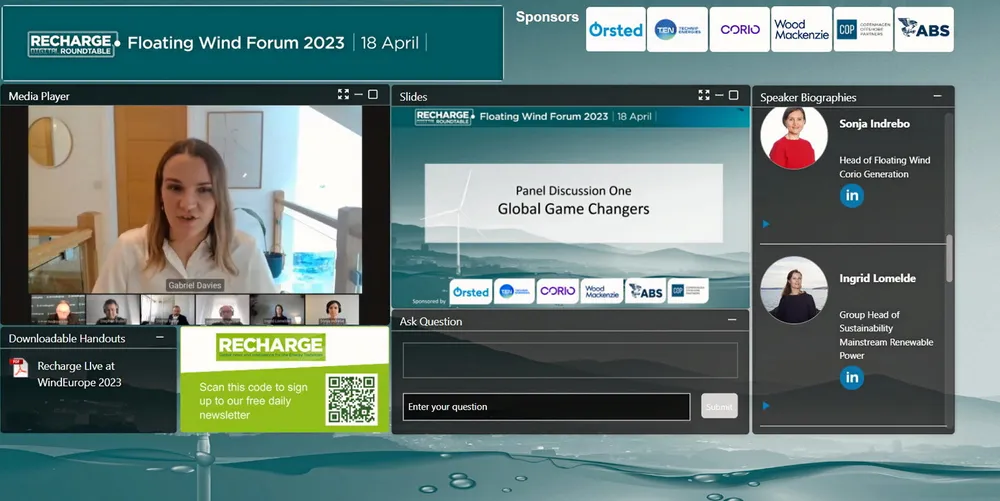'Coexistence crucial' | Floating wind's bid for big time hinges on sustainability, say sector leaders
Recharge Roundtable told move to scale in peril unless issues beyond industrialisation and price tackled early

Recharge Roundtable told move to scale in peril unless issues beyond industrialisation and price tackled early
